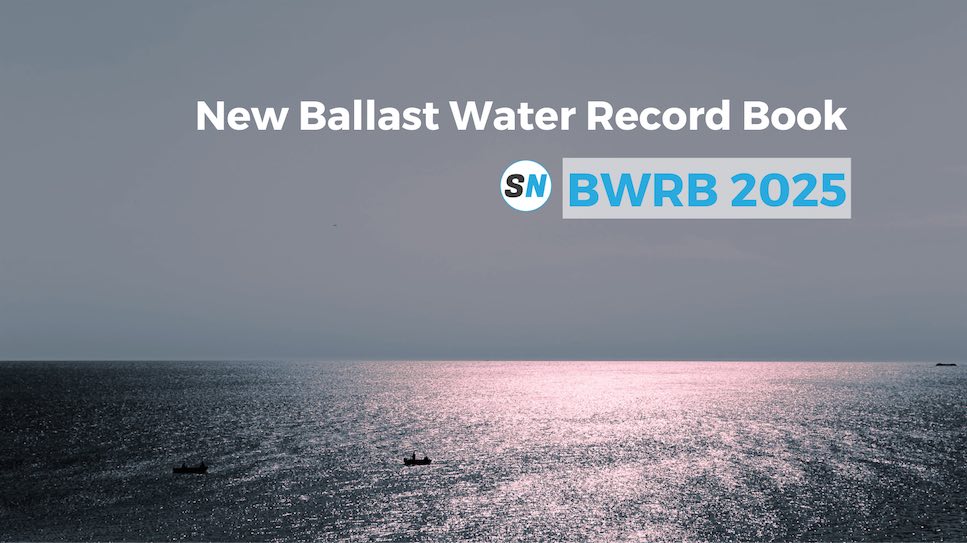26 December 2024
Record LNG imports received by Greece in 2022

According to DESFA’s data for 2022, the total demand trends increased for LNG in Greece, driven by natural gas exports.
Highlights
- Total natural gas demand (including exports) increased by 11.11%. Also, natural gas exports through the NNGTS almost quadrupled (+288.68%) in comparison with the previous year.
- Revithoussa LNG Terminal (Ag. Triada entry point) was the main natural gas entry gate in the country for 2022. Covering 44.2% of all imports and receiving for the first time 78 cargoes from 10 countries.
- LNG imports from the USA increased by 63.55%, accounting for over 50% of the country’s total LNG imports.
According to DESFA’s data for 2022, the total demand trends increased for LNG in Greece, driven by natural gas exports. Revithoussa LNG Terminal (Agia Triada entry point) was the country’s main natural gas entry gate. Note that, the interconnection point to the TAP pipeline (Nea Mesimvria) also contributed significantly to the gas inflow in the NNGS.

Greek LNG imports boosted by US supplies in Q1
Greek LNG imports have boomed due to higher volumes supplied from the US, according to DESFA’s data for the first quarter of 2022.
Ship Nerd
Imports
Accordingly, natural gas imports reached 86.16 TWh, increasing by 10.84% compared to 77.73 TWh in 2021. The largest quantities entered from the Revithoussa LNG Terminal. Covering 44.2% of imports and achieving a record increase compared to last year. Sidirokastro entry point was in 2nd place, covering 34.34% of imports (29.59 TWh). Followed by the entry point in Nea Mesimvria, which, through the TAP pipeline, covered 18.64% of imports (16.06 TWh). Finally, Kipoi entry point in Evros covered 2.82% of imports (2.43 TWh).
Revithoussa played a vital role in the diversification of the energy supply sources of the country and the wider region. Particularly, receiving, for the first time since its launch, 78 tankers from 10 countries. Thus, unloading a total amount of 39.19 TWh of LNG, compared to about 24.51 TWh in 2021. The increase was mainly driven by LNG cargoes from the USA. Marking an increase of 63.55% compared to 2021, reaching 20.10 TWh. Therefore, the USA remains the largest importer of LNG in Greece with a percentage of 51.29%. In 2nd place are imports from Algeria (5.43 TWh), followed by Egypt (4.93 TWh), Nigeria (2.93 TWh), Norway (2.13 TWh), Russia (2.03 TWh) and Oman (1.03 TWh). Cargoes below 1 TWh were also imported from Spain (0.43 TWh), Indonesia (0.11 TWh) and Cameroon (0.07 TWh).
Consumption
Specifically, the total demand (domestic consumption & exports) for natural gas increased by 11.11%. Hence, reaching 86.18 Terawatt hours (TWh) from 77.56 TWh in 2021.
Domestic consumption decreased by 19.04% to 56.64 TWh while there was a huge increase in natural gas exports by 288.68% to 29.54 TWh. These quantities recorded mainly toward Bulgaria from the interconnection point in Sidirokastro. In the meantime, smaller exported quantities of natural gas headed to Italy through the TAP pipeline from Nea Mesimvria.
As far as the gas consumers’ categories are concerned, the largest part of domestic consumption (73.55%) corresponds to the consumption of electricity production units, followed by household consumers and companies connected to the distribution networks, with a percentage of 21.50%, as well as domestic industries, which directly connect to the high-pressure system of DESFA, with a percentage of 4.95%.

In summary, in 2022 DESFA’s infrastructure contributed substantially to the diversification of natural gas supply sources and to the strengthening of the security of supply level both in Greece and in the wider region. The liberalization of the energy market and the regulated Third-Party Access TPA, under which DESFA provides access to the NNGS, strengthens competition among natural gas suppliers for the benefit of end consumers. European Union and national law provisions govern the Third Party Access (TPA), ensuring open access to any interested party.
Source: DESFA
See Also

More than 160 LNG carriers ordered in 2022
The year 2022 saw an ordering spree for LNG carriers, amid spiking demand for LNG driven by the ongoing geopolitical turbulence in Europe.


